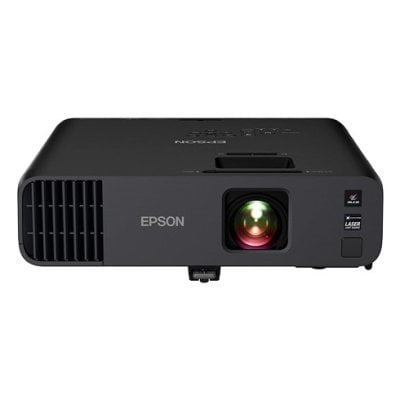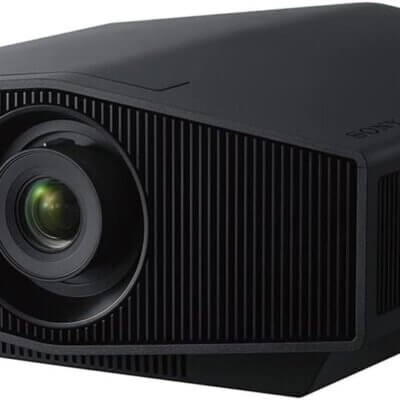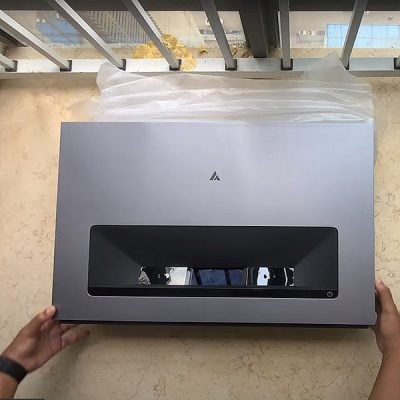The projector market is abuzz with the news that chipmaker Hisilicon is set to introduce LCOS projection technology this year. Additionally, brands are poised to launch 3 Liquid Crystal Display laser projectors, with further plans to unveil lower-tier LCD solutions in the future.

Currently, laser projector brands predominantly use DLP or LCD technology, while LCOS technology is primarily found in high-end projection products from manufacturers like Sony and JVC, often priced at a premium.
LCOS technology operates similarly to LCD projectors, but it utilizes LCOS panels to control light projection. Unlike LCD projectors, which modulate light passing through LCD panels (a transmissive method), LCOS projectors employ a reflective architecture. This means that the light emitted from the source does not pass through the LCOS panel but is instead reflected, resulting in improved image quality.
LCOS projection technology offers advantages such as large screen size, high brightness, high resolution, and energy efficiency. Consequently, industry insiders see great potential in products employing LCOS technology, anticipating an expansion of its market share if the cost of the technology decreases.
However, the development of LCOS also faces challenges. Firstly, there is a lack of unified industry standards for LCOS, with each company introducing its own unique products and patented technologies. Secondly, manufacturing processes for LCOS face bottlenecks, resulting in lower yields and higher costs compared to LCD or DLP technologies. As a result, LCOS technology currently struggles to compete with LCD or DLP technology in terms of performance and price.
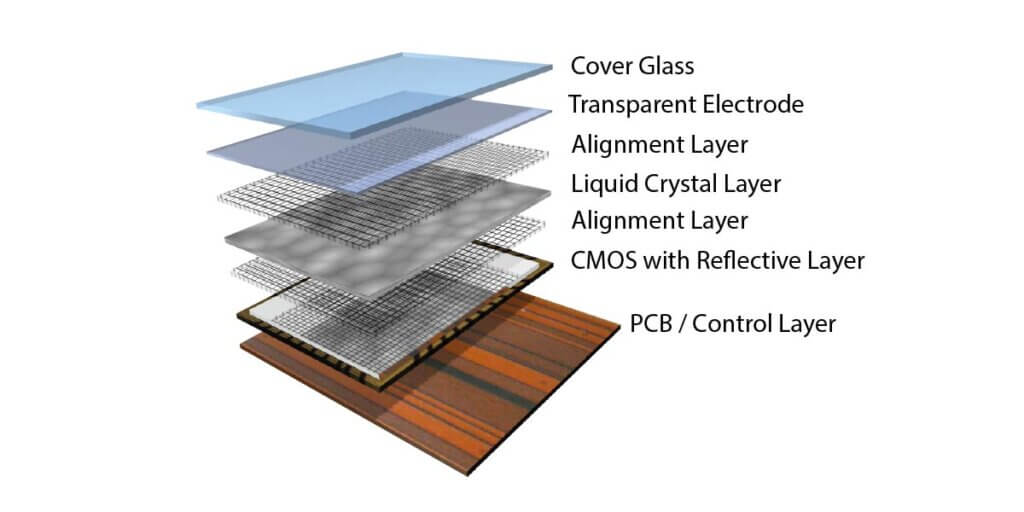
Despite these challenges, the future introduction of products utilizing LCOS projection technology could invigorate the laser projector market, leading to increased competition and differentiation among products. Additionally, it may prompt optimization in the upstream supply chain layout.
The upcoming launch of the first LCOS three-panel laser projector and its potential impact on the laser projection field will be closely watched within the industry this year.
Recommended Laser Projectors:
Sony VPL-XW5000ES (LCOS):
Reason for Recommendation: Sony is known for its high-quality projection products, and the VPL-VW995ES is an entry-level LCOS projector. With its advanced LCOS technology, it offers exceptional image quality, including high resolution and color accuracy. It’s ideal for home theater enthusiasts who prioritize picture quality.
JVC DLA-NX9 (LCOS):
Reason for Recommendation: JVC is another renowned brand in the projection industry, and the DLA-NX9 is a flagship LCOS projector. It boasts industry-leading native 4K resolution and exceptional contrast ratios, delivering stunningly detailed and vibrant images. It’s perfect for demanding home theater setups.
Optoma CinemaX P2 (DLP):
Reason for Recommendation: Optoma is known for its high-performance DLP projectors, and the CinemaX P2 is a standout model. It features a 4K UHD resolution and a laser light source for vibrant colors and sharp details. Its ultra-short throw design makes it convenient for home entertainment setups, delivering a cinematic experience without the need for a dedicated projection room.
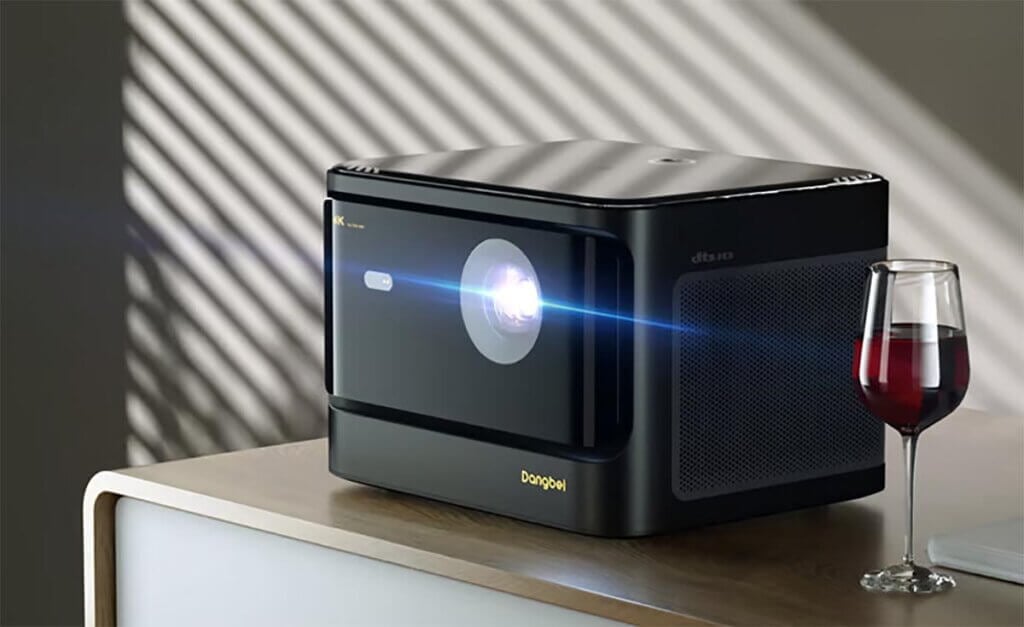
Dangbei Mars Pro (DLP):
Reason for Recommendation: Dangbei Mars Pro is a DLP projector with an ALPD laser source that offers true 4K resolution, high brightness and HDR10 support. Compared to several other laser projectors, this projector is more cost-effective and suitable for setting up a simple home theater.
These projectors represent a range of options across different price points and applications, ensuring there’s something for every user, whether they prioritize image quality, versatility, or value for money.
Related Reading:

